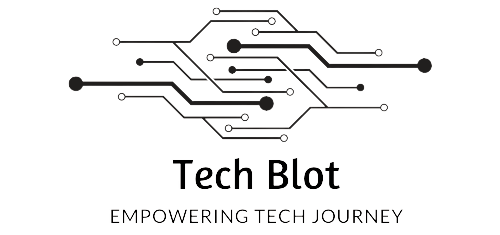Whether you’ve been utilizing Macs from the beginning, just shifted to Windows, or have never handled one, none elicits a more passionate, intense feeling from Macs. Apple users praise the Mac OS’s appearance, ease of use, and reliability, as well as its sleek design. On the other hand, Windows users consider Macs to be pricey and say that Apple provides too few options.
So, who is correct? This acrimonious competition has spawned a slew of misunderstandings. These so-called truths and myths can sometimes be used to describe iOS devices inaccurately. They’re sometimes spot-on, and sometimes they’re completely off.
However, the situation is gradually changing with the release of macOS Monterey. Though it still challenges users with some bugs and issues, such as wi-fi inactive, among others, there are handy solutions to these minor problems.
Overall, Monterey has resolved all major problems with the previous iOS’s, though opinions about its efficiency and comparative benefits still differ. To dispel your doubts about purchasing a Monterey-powered device or upgrading your current iOS to this newer version, we’ve compiled this guide on truths and myths surrounding this iOS version.
Truths and Myths about MacOS Monterey
There are a lot of fallacies about macOS Monterey out there. So, how can you then know whether the information you’re receiving is true or false? Continue reading to find out!
Myth: Viruses Do Not Infect Monterey
The notion that Macs are malware-proof back to the release of Mac OS X at the turn of the century. Sadly, this is an urban legend. There is, however, a grain of truth in this fable, as with so many good tales. Malware, in scientific jargon, is software that replicates by latching into other programs, so it can infiltrate any kind of operating system if the user is careless enough to let it in.
Truth: There Isn’t a Lot of Spyware on Macs
Malware is indeed harmful—hence the term ‘harmful software’—and is designed to take or defraud the user of data or funds. Security breaches that allow unauthorized access to the system, malware that tracks inputs and takes photographs with the cameras, blackmail that encodes the user’s data and holds them for extortion, and other malicious apps are instances of viruses.
It’s true that Monterey employs additional measures to protect Macs from viruses. Still, malware can creep into the system quickly if you don’t take care of the precautions and open dubious links and websites.
Myth: iOS Monterey Is Safer than Windows
Apple discarded the outdated “traditional” OS several years ago in place of a Unix-based system, which is more stable and secure. In current history, iOS has created significant safety enhancements, and as a consequence, Macs with the installed iOS Monterey are now more protected than they’ve ever been. Still, the actual degree of protection depends on user behavior, the quality of antivirus malware installed on your computer, and precautions against intrusions, be it Monterey or Windows.
Truth: Monterey Includes Robust Anti-Malware Features
XProtect is Apple’s anti-spyware program, and it includes some effective indicators for detecting potentially harmful applications. However, it is flawed in many aspects, making Apple iOS engineers include additional cyber-privacy and security measures. All of them come built in the new iOS and can enhance the degree of protection for all Mac users online, regardless of the level of cybersecurity competency they have.
Takeaway
As you can see, many myths surround iOS Monterey, urging some users to hunt for the update, while others tend to stick to the older versions and delay the update as long as possible. In fact, Monterey has many nice features that can improve any user’s UX. However, it’s vital to keep in mind that your user experience heavily depends on the digital competency and cybersecurity skills you have.

